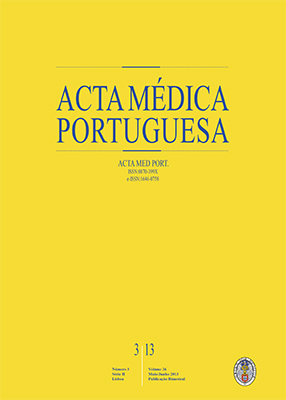AICA Anatomic Variation as a Factor of Worse Prognosis for the Surgical Treatment of Hemi-Facial Spasm
DOI:
https://doi.org/10.20344/amp.4257Abstract
Hemifacial spasm is a neurovascular compression syndrome. These consist in a contacting vessel (most often an artery) to a cranial nerve in cerebelar-pontine angle. The most common is trigeminal neuralgia caused by contact between the superior cerebellar artery and the trigeminal nerve, and less commonly hemifacial spasm, vertiginous syndrome by contact of the antero inferior cerebelar artery with the eighth cranial nerve, glossopharyngeal neuralgia by contact of the postero inferior cerebelar artery and the IX cranial nerve, etc. These syndromes typically occur after the fifth decade of life, when the arterial tortuosity increases due to the arteriosclerosis process. They are however associated anatomical variations of the origin and course of the arteries, which facilitate contact with the nerves ofthe cerebellar-pontine angle. In hemifacial spasm, the vessel most often related is antero inferior cerebelar and the authors describe a case of a rare anatomical variant in the course of the artery that motivated the development of the disease, which was identified intraoperatively on a surgical approach to the cerebellar-pontine for vascular microdescompression.
Downloads
Downloads
Published
How to Cite
Issue
Section
License
All the articles published in the AMP are open access and comply with the requirements of funding agencies or academic institutions. The AMP is governed by the terms of the Creative Commons ‘Attribution – Non-Commercial Use - (CC-BY-NC)’ license, regarding the use by third parties.
It is the author’s responsibility to obtain approval for the reproduction of figures, tables, etc. from other publications.
Upon acceptance of an article for publication, the authors will be asked to complete the ICMJE “Copyright Liability and Copyright Sharing Statement “(http://www.actamedicaportuguesa.com/info/AMP-NormasPublicacao.pdf) and the “Declaration of Potential Conflicts of Interest” (http:// www.icmje.org/conflicts-of-interest). An e-mail will be sent to the corresponding author to acknowledge receipt of the manuscript.
After publication, the authors are authorised to make their articles available in repositories of their institutions of origin, as long as they always mention where they were published and according to the Creative Commons license.









